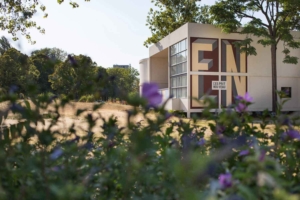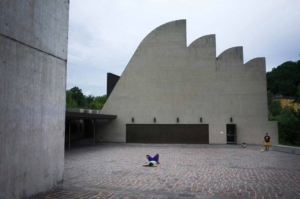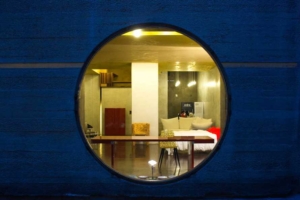Bologna Fiera District by Kenzo Tange
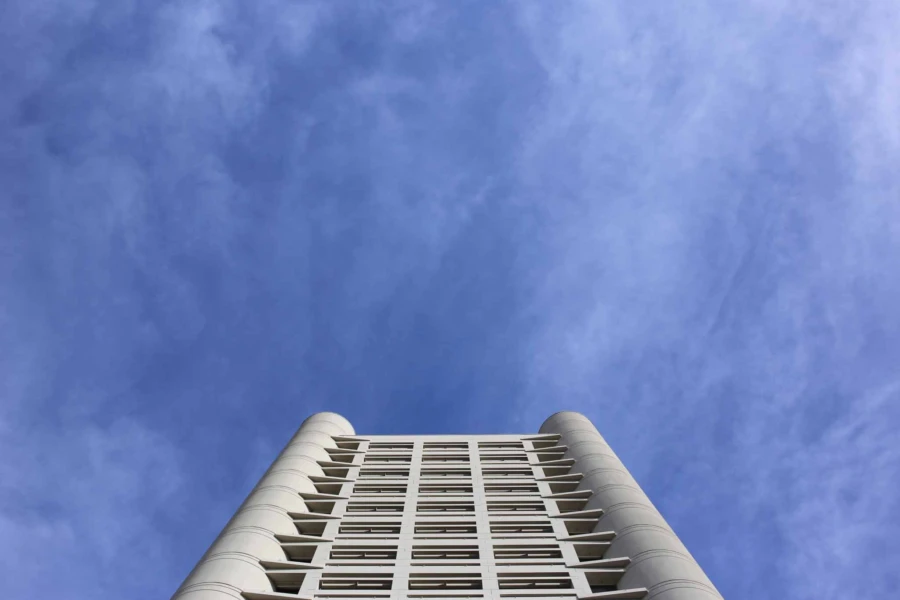
Have you ever wandered through Bologna's Fiera District?
It's not just another part of the city – it's a blend of old and new that's pretty special.
Let's take a stroll through this fascinating area and uncover its story starting from its creator: Kenzo Tange.
Kenzo Tange
Kenzo Tange (1913–2005), recipient of the prestigious Pritzker Architecture Prize in 1987, is widely regarded as one of the most influential Japanese architects of the 20th century.
A multifaceted figure—teacher, writer, architect, and urban planner—he is celebrated not only for his groundbreaking designs, which seamlessly blend traditional Japanese aesthetics with modernist principles but also for his profound impact on generations of architects.
Among his most iconic works are the Hiroshima Peace Memorial Park and the Yoyogi National Gymnasium, both exemplifying his ability to merge functionality, elegance, and social vision.
Kenzo Tange studies
Kenzo Tange studied at Tokyo Imperial University, where he enrolled in the architecture program in 1935, inspired by his admiration for Le Corbusier.
After completing his undergraduate degree, he continued his academic journey, entering graduate school at the same institution in 1941.
Following his graduation, Tange began teaching at his alma mater in 1946, a role he held until 1974, during which he mentored numerous prominent architects.
He later established the influential Tange Laboratory, further cementing his legacy as an educator and pioneer in modern architecture.
The importance of Kenzo Tange
Kenzo Tange was a pivotal figure in the Metabolist movement, renowned for redefining modern architecture by integrating Japanese cultural heritage with futuristic design principles.
As the first non-Western architect to achieve universal acclaim, his work symbolized the global aspirations of Japan’s postwar era, showcasing the nation’s ability to contribute to contemporary architectural discourse on an international scale.
Bologna Fiera district
How the story begins: Tange's plan
Back in 1967, something big happened.
The population of Bologna was expected to grow up to almost 1 million and the idea was to preserve the medieval historical center and create a new area for this development.
The Mayor of Bologna, Guido Fanti, met a famous architect from Japan named Kenzo Tange.
The collaboration between the two culminated in what would be famously known as the "Tange Plan."
This ambitious plan aimed to expand the city while honoring its cultural identity, with a keen emphasis on integrating iconic elements like towers and porticoes.
Fast forward to 1970, and the Tange Plan was officially presented to the City Council.
People were excited because it respected Bologna's past while planning for its future.
Around the same time, the Emilia-Romagna Region was officially formed, and the Fiera District became its home base.
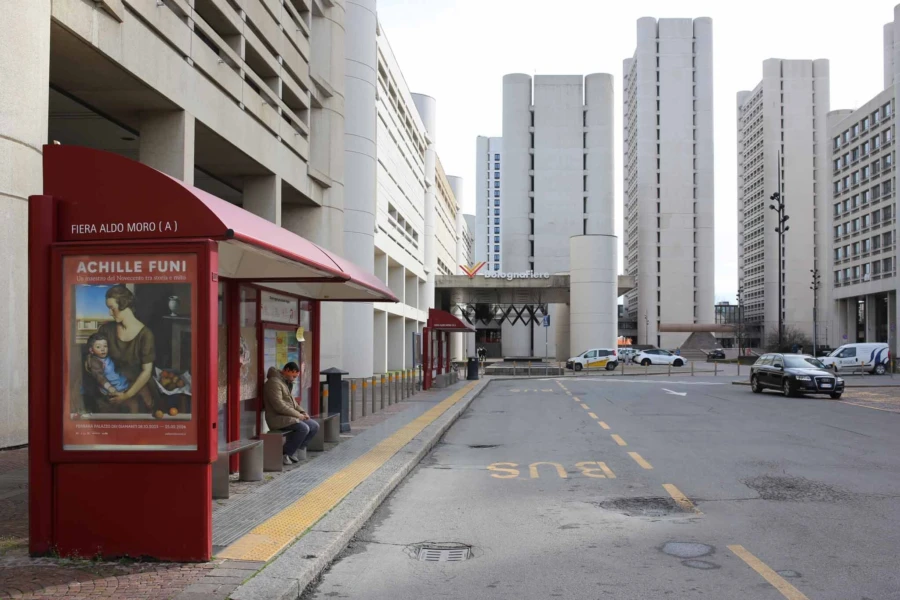
Kenzo Tanges' Towers
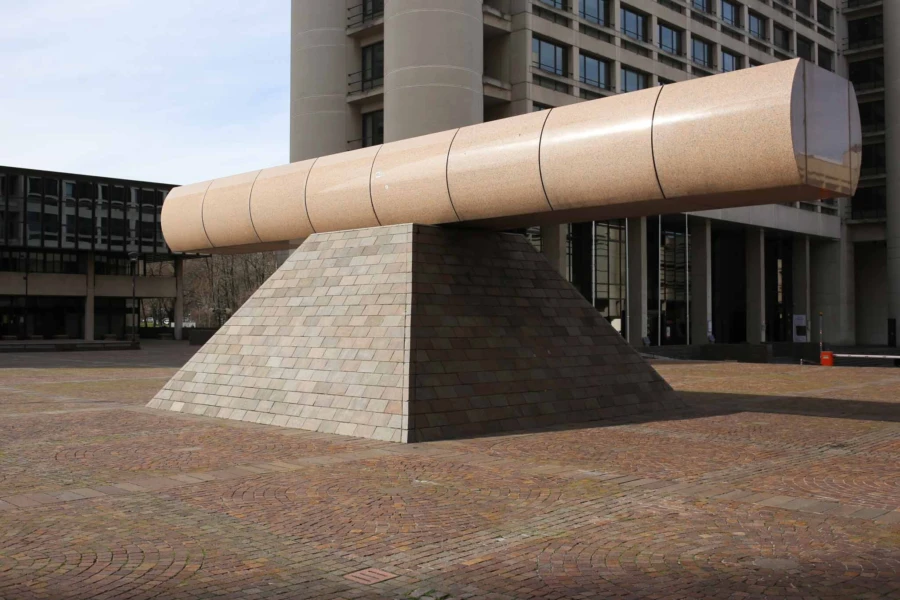
Isamu Noguchi's scuplture
Kenzo Tange's towers
At the heart of Tange's vision were 7 towers.
The Japanese architect promoted modern Oriental ideas and proposed solutions for the natural growth of the northern part of the city.
He analyzed the functions needed, such as roads for pedestrians and vehicles, and connections to the rest of the city, aiming to ease congestion in the historic center and improve the urban layout.
Tange defined the plan of the towers, following precise proportional relationships, inspired by the principles of Le Corbusier's Modulor.
Each tower features 4 reinforced concrete cylinders positioned along the perimeter rather than the center. These cylinders house stairs, elevators, technical rooms, and toilets.
This design choice provides a spacious layout in line with Tange's design principles while also ensuring flexibility in the internal space.
Sustainability was also his priority: the height development of the towers minimizes land use. Tange paid a lot of attention also to orientations and solar shading.
To date, the towers of the Fiera District represent the tallest buildings prefabricated buildings made in Italy.
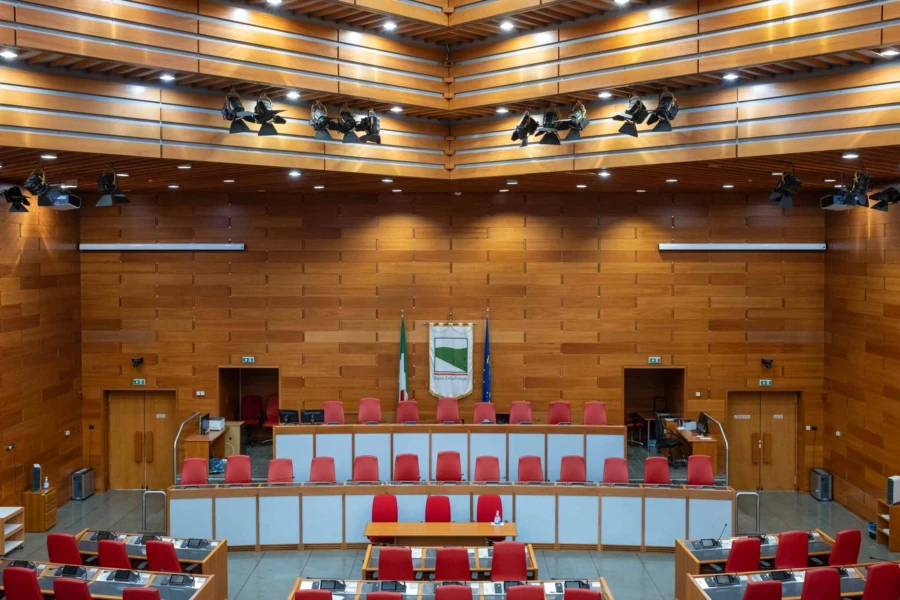
Assembly hall, designed by Marco Zanuso
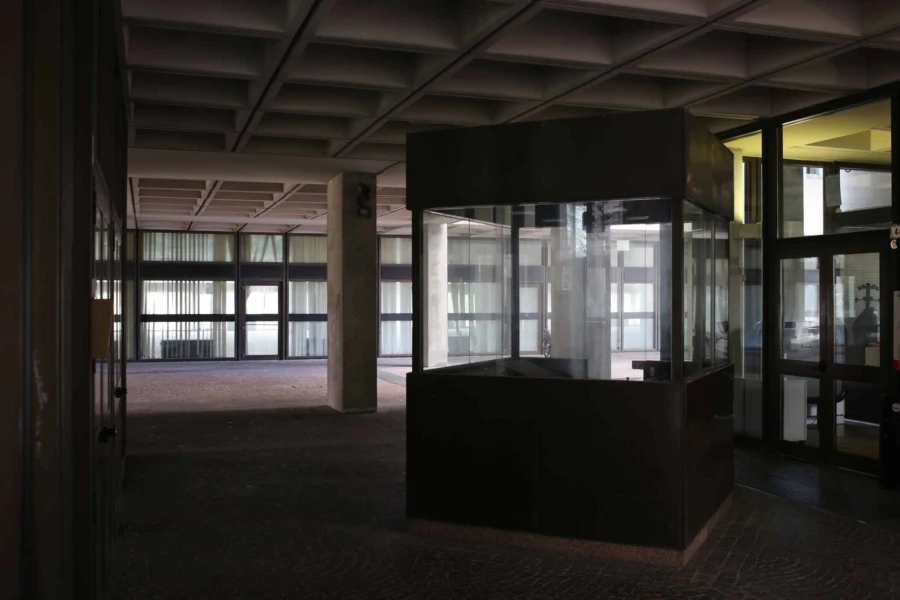
Bologna Fiera District
Beyond the towers: Fiera district's hidden marvels
Among these architectural marvels, the tower at Viale Aldo Moro n. 50 holds a special significance. Here, within its walls, resides the Legislative Assembly of the Emilia-Romagna Region.
Designed by Marco Zanuso, the assembly hall is a symphony of form and function, with pear wood panels evoking a sense of unity and purpose.
Beyond its legislative chambers, the tower houses a treasure trove of contemporary art, showcasing the creative spirit of Emilia-Romagna.
While walking around the Fiera district you cannot jump into a monumental square adorned with a sculpture by another Japanese artist, Isamu Noguchi.
Visit Bologna Fiera district
As you wander through the Fiera District, you'll see how it's a mix of old and new, tradition and innovation.
It's a reminder that cities can grow and change while still holding onto what makes them special.
So, next time you're in Bologna, don't forget to visit the Fiera District – it's a journey through time you won't want to miss.
